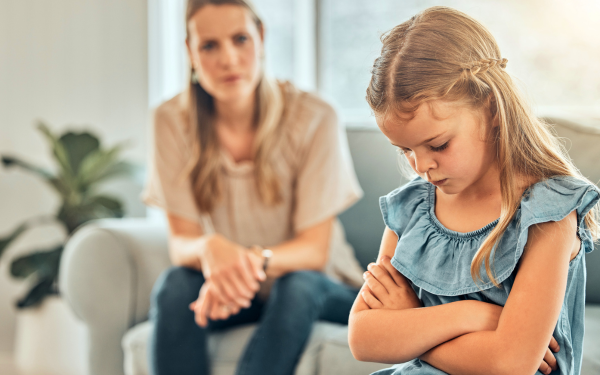
by Sophie Baker
This is the fourth installment in Sophie Baker’s ‘What I wish I had known…’ series, where she reflects on her approach to practice when she started out – and what she would tell her younger self now.
Watching Adolescence this month brought back many memories of my early career. I was struck by the powerful acting, especially in an intense scene between Jamie (played by Owen Cooper) and his psychologist, where he was shouting, swearing and knocking over furniture.
It reminded me of my experiences with Shauna, a ten-year-old girl who spent much of her childhood in and out of care and who was one of the first children I worked with.
Shauna’s mother, who had bipolar disorder, provided loving care when well. But during her low periods, she couldn’t get out of bed and struggled to meet her children’s needs. In her highs, she took risks, falling into debt and forming unsafe relationships.
During these times, Shauna experienced physical and emotional neglect in a home environment that was dysregulated, chaotic and volatile.
Each time their mother’s mental health declined, Shauna and her siblings were moved to a temporary foster home, waiting for the moment they could return to her care.
As a result of her experiences, Shauna was often oppositional, impulsive and confrontational. It also meant that it became harder and harder to find her a stable foster placement.
Looking back, the memory of one afternoon I shared with Shauna leaves me contemplating what I wish I had known during my work with her.
Children won’t always behave in a way you expect

Sophie Baker has over 20 years of experience working in children’s social care
Some of my most treasured memories of my early career were spent with Shauna. For the most part, our interactions had been positive.
However, this afternoon was different. We were sitting in my car when I broke the news that she would be moving to another carer.
Abandoned. Again.
She immediately started shouting and screaming, banging her fists against her head and the car dashboard. I could feel my heart beating in my chest as she moved her face close to mine. She glared at me and then spat on my cheek.
Shauna spent the next five minutes or so in what I can only describe as white rage.
She took out my CDs and snapped each one. She bent my sunglasses out of shape and threw them out of the car window.
Lastly, she got out of the car and climbed on to its roof. As I tried to encourage her down, she jumped up and down, denting it in the process.
Children with trauma will struggle to regulate their emotions
I can still remember the emotional and physical responses I experienced during her outburst. Initially, I was shocked.
I had been told that Shauna got angry, but up until that point had never experienced it firsthand. I was frightened that she would not only hurt herself but also hurt me as she hurled herself around.
My heart felt like it was going to burst out of my chest, and I could feel my cheeks burning red. My hands were shaking and as I tried to calm her down, my voice was trembling. I felt helpless to calm the situation.
What I learnt over the first few years of my career was that children that have experienced trauma like Shauna often struggle to regulate their emotions and behaviours. They can have impulsive and intense reactions to stress.
If I were able to turn back time, I would tell myself that Shauna was communicating in the best way she knew how. My role in that moment was to listen and to reassure her that I would stay with her until she calmed down.
No judgement – just unconditional support.
Their anger probably feels as frightening for them as it does to you
I am not ashamed to say that I was petrified during those moments. What I wish I had known was that Shauna was probably very frightened too, struggling to recognise the huge feelings she was experiencing.
Even as an inexperienced social worker, I knew it was imperative that I stayed calm and did not get caught in any kind of power struggle with Shauna. She needed time and space to calm down.
I knew that I needed to validate her feelings and show her I could contain her (and myself!). I needed to remain a positive role model by handling my own feelings in a calm way and modelling a healthy response to stress.
That was easier said than done, but I took deep breaths and kept reminding myself that I needed to be a source of strength for her.
Work to help a traumatised child to feel safe
There are some techniques I have learnt along the way that I wish I had known then. These start with seeing beyond her immediate behaviours and asking myself, ‘What does Shauna need?’, rather than, ‘What is wrong with her?’.
Looking back, I now see I should have helped Shauna feel safe. Instead of immediately trying to calm her down, I wish I had started by reassuring her that she was safe. She was safe with me as a trusted adult, and I wasn’t going to leave.
I also wish I had asked Shauna if there was anything I could do to help. Then and there. Did she need a hug? To hold my hand? A drink of water? For me to put on some chilled-out music in the car? Letting her have a bit of choice and control over the situation may have helped her calm down a little easier.
In hindsight, I probably tried too hard to offer solutions to Shauna during her outburst.
I was trying to make her feel better, but offering solutions to problems in a time of absolute crisis was not helpful. Mentioning how a new foster placement could be great or that they had a dog (she loved dogs) was not an appropriate response for that moment.
What has been your experience with managing work-life balance?
We are looking for social workers to share their experiences to spark conversation among fellow practitioners.
How is your work-life balance? What measures, if any, have you taken to manage your workload? Are there any boundaries you’ve set to achieve that?
Share your perspective through a 10-minute interview (or a few short paragraphs) to be published in Community Care. Submissions can be anonymous.
To express interest, email us at anastasia.koutsounia@markallengroup.com.
Managing professional guilt
I remember the feeling of overwhelming sadness washing over me as I watched her. She was distraught.
The sensible part of me knew that it wasn’t my fault that Shauna needed to move to new carers, but I was wrought with guilt.
I felt like she had been failed by a ‘system’ that was unable to match her with foster carers who would offer her unconditional care; failed by the social workers who had come and gone over her short life; failed by me, who hadn’t been able to visit her as often as I would have liked.
I was devastated.
As I matured in my practice, I came to realise that there is a real danger for social workers to hold feelings of guilt. Much of our work relies on resources that are often lacking and can be hard to manage.
However, with good supervision, I got to a place where I felt I was practising in the best way I could and felt less guilt about the constraints of the resources available to me.
Is that good enough? Sometimes it has to be.





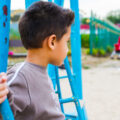

 Bournemouth, Christchurch and Poole
Bournemouth, Christchurch and Poole  Hampshire County Council
Hampshire County Council  Oxfordshire County Council
Oxfordshire County Council  South Gloucestershire Council
South Gloucestershire Council  Wokingham Borough Council
Wokingham Borough Council 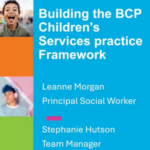 Webinar: building a practice framework with the influence of practitioner voice
Webinar: building a practice framework with the influence of practitioner voice  ‘They don’t have to retell their story’: building long-lasting relationships with children and young people
‘They don’t have to retell their story’: building long-lasting relationships with children and young people 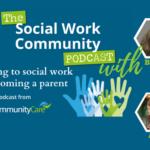 Podcast: returning to social work after becoming a first-time parent
Podcast: returning to social work after becoming a first-time parent  How managers are inspiring social workers to progress in their careers
How managers are inspiring social workers to progress in their careers  Workforce Insights – showcasing a selection of the sector’s top recruiters
Workforce Insights – showcasing a selection of the sector’s top recruiters 
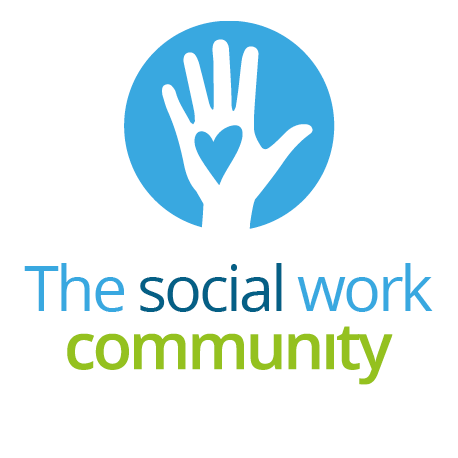
 Facebook
Facebook X
X LinkedIn
LinkedIn Instagram
Instagram
No comments yet.